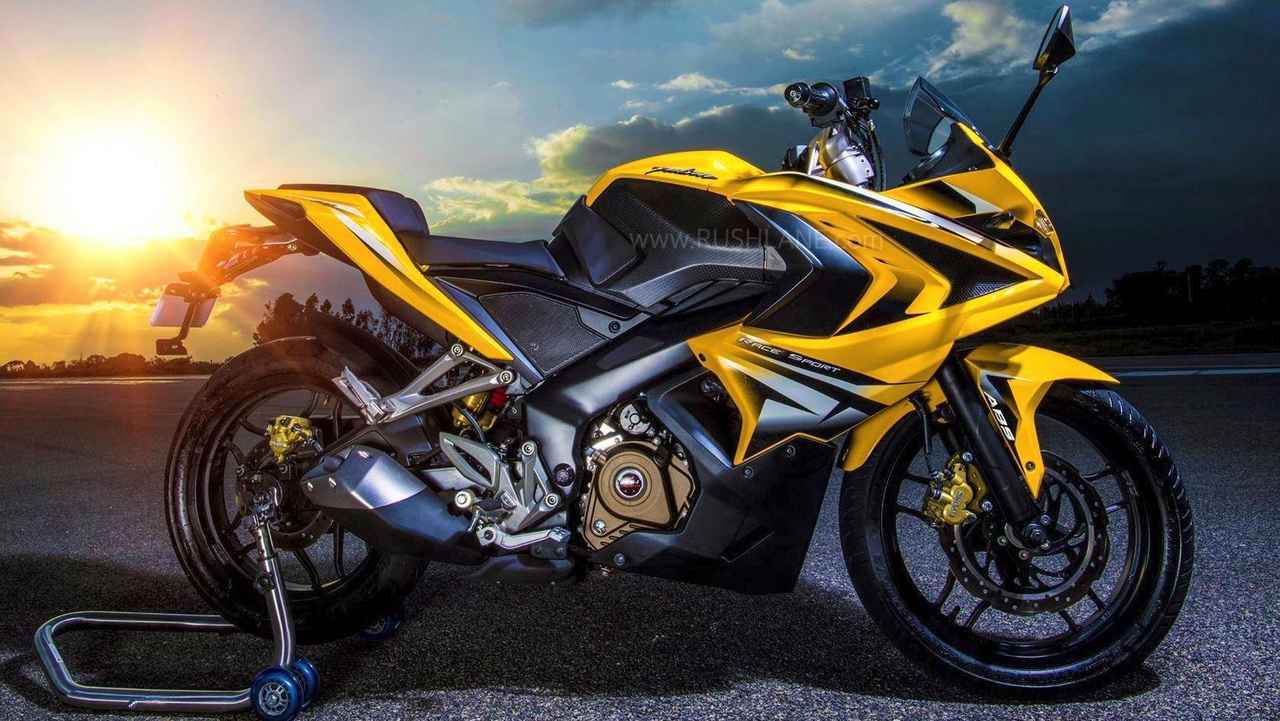
Bajaj Pulsar RS200 dual-channel ABS variant is set to launch soon. The faired version of the more popular Bajaj Pulsar NS200 currently retails at Rs 1.42 lakh ex-showroom in its single-channel ABS format. As per reports, the dual-channel ABS version of the Bajaj Pulsar RS200 will come at a price tag of Rs 1.43 lakh ex-showroom; just Rs 1000 more than the current model.
Since the price gap is quite narrow and the demand for dual-channel 200cc motorcycles is on the rise, it makes perfect sense for Bajaj Auto to discontinue the single-channel ABS RS200 later on. Furthermore, the Pulsar RS200 is one of the last motorcycles in its segment to still continue with single-channel ABS.
The Bajaj Pulsar range has a huge fan following in India as well as some other developing countries. The RS200/NS200 community have been eagerly waiting for the launch of a dual-channel variant for quite a while now. Besides the updated braking system, the motorcycle will not bring any major mechanical or cosmetic changes. Hence, there could be an option for existing owners of the RS200 to upgrade their motorcycles’ brakes to a dual-channel ABS unit.

Although most manufacturers operating in India are busy updating their product line with BS6 engines, the upcoming RS200 does not seem to come in that category. For the same reason, expect the dual-channel ABS Pulsar RS200 to launch before 1st April 2020; the date after which it is mandatory to sell only BS6 products across all vehicle categories.
As mentioned before, the Bajaj Pulsar RS200 shares its mechanicals with the NS200. The motorcycle gets a BS4 199cc liquid-cooled single-cylinder engine that makes 24.5bhp and 18.6Nm of torque. This is mated to a 6-speed gearbox (no slipper clutch on offer).
Both the RS200 and NS200 share their platform with the KTM 200 Duke. However, the 200 Duke lies further up in terms of pricing, sportiness and performance. It pushes out 25bhp and 19.2Nm of torque — a small increase from the Pulsar models, but makes a huge difference alongside the sportier gearing and increased compression ratio.
The 200 Duke is more dynamic thanks to its lightweight Trellis frame, sharper rake angle and slightly stiffer USD forks. The RS200 and NS200, with their perimeter frame, are basically sporty commuters. The case is somewhat similar for the top-of-the-line Bajaj Dominar 400 that shares space with the KTM 390 Duke in the assembly line of Bajaj’s Chakan (Maharashtra) facility.

